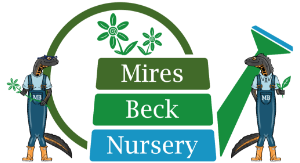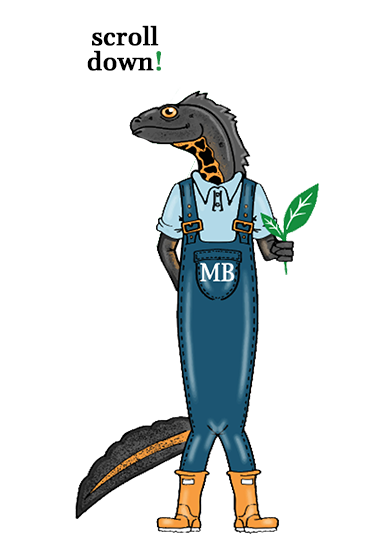Cornus sanguinea (Dogwood)
Other Names: Common Dogwood, Bloody Dogwood
Description: This relatively small deciduous shrub is locally common in woods, scrub and hedgerows but is often understated until the winter months when it bursts into colour with its distinctive red stems. This species suckers easily and spread into dense stands. It is often found in hedges where it climbs over a through other species, binding the hedge together.
Uses: There is no true commercial value to Dogwood. Its bark contains tannins which have been used in traditional medicine.
Conservation Value: The leaves are eaten by several moths including the case-bearer moth and the flowers are used by several insects. The fruits are eaten by many birds and small mammals and the general shape of the bushes offers good cover.
Preferred Locations: Chalk, clay or limestone but certainly does best on alkaline soils. It tends to prefer damp areas with full sun coverage.
Size: Mature trees can reach up to 10m in height but a dense stand usually reaches around 1.5m to 2.5m with an average 1.5m to 2.5m canopy spread.
Time to reach full height: 5 to 10 years.
Lifespan: 20 to 50 years.
Frangula alnus (Alder Buckthorn)
Other Names: Glossy Buckthorn, Breaking Buckthorn
Description: A medium sized deciduous shrub with no thorns despite is name. It is often found in hedges and scrub and usually multi stemmed, rarely becoming a small tree. Its bark is a dark blackish-brown but the inner wood is bright yellow when exposed. Seeds appear in mid-autumn as first green, then red and finally dark purple.
Uses: The leaves and bark have been used for centuries for making various colours of dye while the berries were ones used as a laxative. Alder Buckthorn was and is regarded as the very best for producing charcoal for gunpowder and was prized for this use.
Conservation Value: The flowers are a valuable nectar source for bees, and the fruits are eaten by small mammals and birds but this species primary conservation value is as the main food source for the rare and endangered Brimstone butterfly.
Preferred Location: Can grow on man including clay, loam, chalk and sand but does prefer damp conditions and full sun or partial shade locations.
Size: Rare trees can reach heights of 6m but most bushes are around 2m to 3m with a canopy spread of 2m to 3m.
Time to reach full height: 20 to 40 years.
Lifespan: 40 to 60 years.

